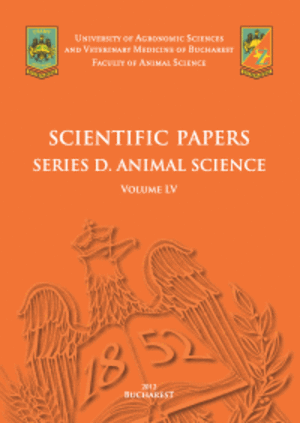Published in Scientific Papers. Series "Management, Economic Engineering in Agriculture and rural development", Vol. 25 ISSUE 1
Written by Irina GOLOCIALOVA, Maria COJOCARU
The main objective of this research is to develop an accounting matrix for the agribusiness sector, based on current trends such as SEEA and IFRS, to support sustainable accounting and reporting. The study emphasizes the importance of developing a system of indicators that reflect the impact of the interaction between agribusiness and environmental ecosystems, particularly in the context of climate change. The research highlights the need for nonfinancial reports based on Global Reporting Initiative (GRI) and Environmental, Social and Governance (ESG) standards, which provide a comprehensive picture of agricultural enterprises' environmental, social, and governance performance. In this regard, it was developed a convergence matrix between SEEA and IFRS methodologies, emphasizing the importance of including ecosystem resources in agricultural accounting. The study also analyzes the existing obstacles in the Republic of Moldova for implementing SEEA in local accounting, particularly due to the lack of prerequisites for evaluating ecosystem assets in financial reporting. The research results include the development of a method for assessing agribusiness's contribution to maintaining ecosystem resources and formulating statistical indicators to monitor the state of these resources. In conclusion, the research proposes the integration of modern accounting approaches that allow investors and other stakeholders to better assess risks and opportunities related to agribusiness sustainability, thus helping prevent the ecological crisis and ensuring sustainable development.
[Read full article] [Citation]

 Next Issue will be published according the the calendar.
Next Issue will be published according the the calendar.



